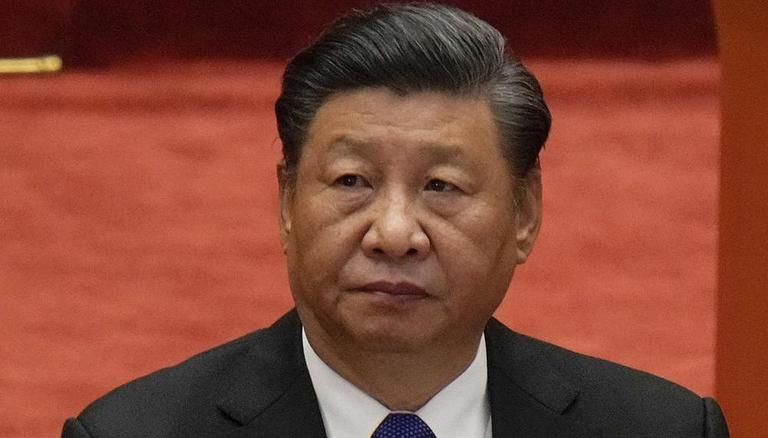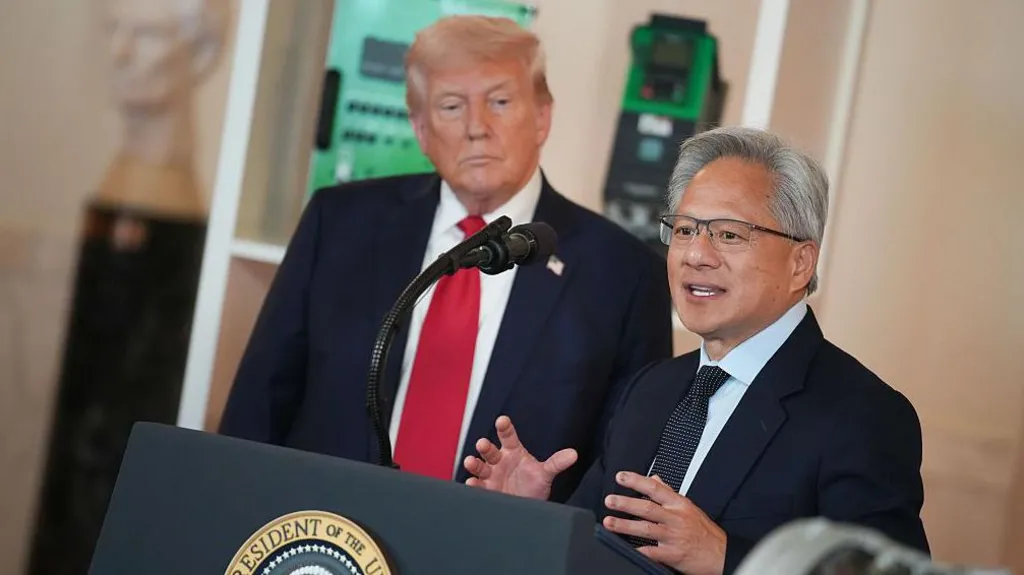Caught in a “Strategic Debt Trap”
At the Munich Security Conference on February 19, Bangladesh Finance Minister A.K. Abdul Momen posed a question to India’s External Affairs Minister S. Jaishankar. He asked if the Quadrilateral Security Dialogue (Quad, comprising the US, India, Japan and Australia) would be able to provide the kind of financial assistance that China is currently offering. “China comes forward with a basket of money and aggressive proposals, affordable proposals, and then you have a problem. What to do?.” In response without naming China, Jaishankar said, “We have seen projects which are commercially unsustainable; airports where aircraft don’t come, harbours where a ship doesn’t come.” This link was made more clear when Jaishankar said, “..bad, unsustainable projects don’t end there. Debt becomes equity and that becomes something else.” Thus, Jaishankar said that it was “very important” for countries to make “informed decisions.
What we are witnessing in Sri Lanka is exactly that . In fact Sri Lanka’s financial crisis is leading to a humanitarian crisis that could ultimately push the country into bankruptcy. And Chinese “strategic debt trap diplomacy” is the primary cause of the country’s financial crisis, which has come to a head after two decades of heavy Chinese investment.Sri Lanka adopted the Chinese model of infrastructure-led growth in the early 2000s on the premise that it would generate jobs and usher in prosperity. No reliable figures are available, but the cumulative value of Chinese infrastructure investment in Sri Lanka is estimated at over $12 billion between 2006 and 2019. Colombo has drawn billions in investment under China’s Belt and Road Initiative (BRI). The program was launched in 2013 to build ports, roads, railways, pipelines and other infrastructure across Asia.
Sri Lanka’s financial crisis was brought to light when the government declared a national economic emergency in August last year after a sharp fall in the country’s currency. Its foreign debt has increased steadily since 2014 (30 percent of GDP), reaching 41.3 percent of GDP in 2019, and this, in turn, has put a severe load on the country’s debt service. The country’s foreign reserves are also depleting significantly faster and stand at a meagre USD 1.6 billion. It also has foreign debt obligations exceeding USD 7 billion in 2022, including repayment of bonds worth USD 500 million in January and USD 1 billion in July 2022.
Food, milk, medicine and other essential commodities are in short supply as inflation rate surges past 17%. Power cuts are commonplace and some people have died of heat stroke while waiting in long lines to buy fuel.The economic woes have resulted in shortage of medical consumables, which form a substantial part of import in Sri Lanka’s medical infrastructure. Motorists have had to deal with long queues daily in order to fill their tanks as the country has been facing a severe fuel shortage. Sri Lanka has deployed troops at fuel stations as protests have erupted across the island nation over shortages.
Beyond the Chinese financial debt, Colombo is also caught in a “strategic trap,” an extension of a “debt trap” because China shields Sri Lanka from criticism of its human rights record at the United Nations and favours an authoritarian, heavily militarised model of governance over democracy. Today Colombo is paying the price of this trap. According to Asanga Abeyagoonasekera, a Sri Lankan geopolitical analyst, “The quantitative economic projection of debt-trap falls short in capturing the strategic depth of Chinese projects. The Chinese projects have a long-term strategic design that could comfortably bring a ‘hybrid model’ of civil-military activity to the country, a security concern for Sri Lanka and the entire region.”
Since the island country is cash-strapped, it is becoming difficult not only for importers to clear cargo containing essential items, but manufacturers are also unable to acquire fresh raw materials. Sri Lanka stands as a clear example of what happens to a country which falls into debt due to public investment projects sponsored by China as part of its Belt and Road Initiative.
To get BRI loans, the recipient country has to sign a memorandum of understanding with China. Most of the financing of BRI projects are done through bilateral agreements between the lending banks and the recipient governments against sovereign guarantees. The first casualty is transparency, as there is usually opacity around sovereign guarantees. Loans are also collateralized against local resources, the borrower pledges to the lender a specific asset as security against the loan. Nearly two dozen recipient countries of BRI funding are faced with debt distress.
As far a debt trap goes, the position of Pakistan is the most precarious. Pakistan tops the list of recipient countries of BRI assistance, with projects worth USD 27.3 billion. Similarly China has snared Pakistan in the BRI debt trap with high-interest rates, stiff repayment terms, lack of transparency. China is charging higher interest rates for the Karot Hydropower project in Pakistan, the interest rate is as high as 5.11 per cent. China Three Gorge South Asia Investment Limited holds 93 per cent ownership stakes in Karot Hydropower. A typical loan from Chinese institutions under the BRI entails an interest rate of 4.2 percent and a repayment period of less than 10 years, as against a loan from any other international consortium which typically carries an interest rate of 1.1 per cent and a repayment period of 28 years.the burden of hidden and sovereign debts would be a major cause of concern for Pakistan, with assets of Pakistan tied to the Chinese economy.
Mirroring the discussions around Pakistan’s Gwadar port and Sri Lanka’s Hambantota, the issue of a “debt trap” is also a discussion point for Bangladesh. Dhaka requires external funding for its ‘flagship development programs’ financing of which goes beyond domestic affordability, and the geo-political eminence & commercial noteworthiness of Bangladesh has made China pay special heed to catch this money- making market.
Bangladesh needs to negotiate carefully before inking any financial agreement, focus more on soft-loan and ensure timely implementation of projects.From 2009 to 2019, the Dhaka Tribune found that China invested an estimated $9.75 billion in transportation projects in Bangladesh. While Pakistan is in a difficult position with respect to its indebtedness to China, Bangladesh has been a cautious borrower. Nevertheless as the second highest recipient of China’s investment in South Asia after Pakistan, Bangladesh which imports the highest volume of goods from China should also be very worried.
Despite its deep pockets China has not yet acceded to a Sri Lankan request for a $2.5 billion credit line or a restructuring of its overall debt. About 22% of Sri Lanka’s debt is owed to bilateral creditors — China and Japan (10% each) as well as India (2%). Sri Lanka has sought IMF bailouts 16 times in the past 56 years, second only to debt- ridden Pakistan. Meanwhile on top of $2.4 billion India has transferred since January by way of a currency swap, loan deferment and credit lines, Sri Lanka sought a $1.5 billion credit line from New Delhi to buy essential commodities.
India is trying to stabilise the region.More than a dozen refugees have reached India by boat and Indian media reported, citing intelligence sources, that an estimated 2,000 more would follow in the coming days. EAM Jaishankar has voiced his concern over postponement of surgeries in some of the Sri Lankan hospitals due to shortage of drugs and consumables. New Delhi has started issuing medical visas for serious patients on priority basis. The International Monetary Fund (IMF), and other stakeholders should cooperate to help countries along the Belt and Road facing financial imbalances and high debt. This will not be easy. Before providing aid, the IMF will require transparency into BRI loan terms, which are notoriously opaque and can burden countries with high debt. India is trying to convince Colombo to implement an IMF program which will call for deep economic reforms.











